The 13-Day Everest Base Camp Trek from Kathmandu offers trekkers a remarkable opportunity to explore some of the most stunning landscapes and rich cultural heritage of the Himalayas. Starting with a scenic flight to Lukla, the trek unfolds through charming villages and iconic sites like Tengboche Monastery, while allowing for necessary acclimatization. Trekkers will experience the warmth of Sherpa hospitality, communal meals, and breathtaking views that can only be found in this region. As they approach Everest Base Camp, the anticipation builds—what challenges and rewards await them as they near the world’s highest peak?
Key Points
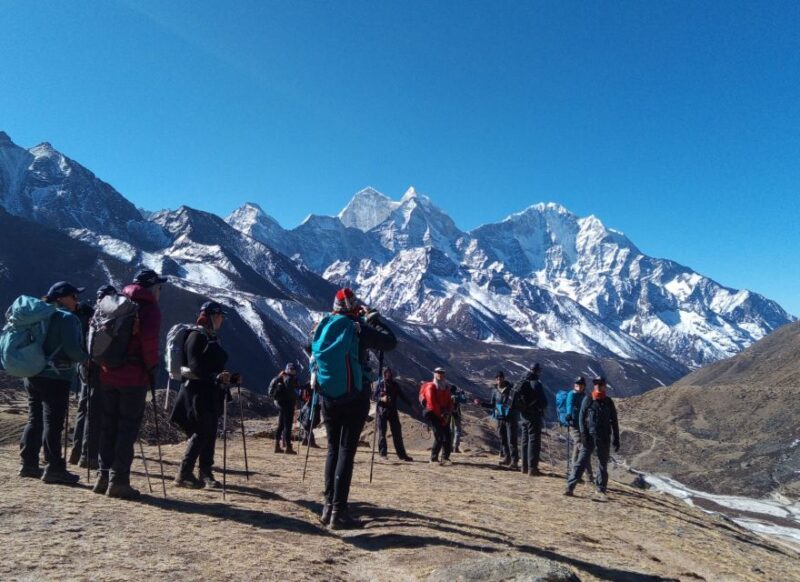
- The trek begins with arrival in Kathmandu, followed by a scenic flight to Lukla to start the journey.
- The itinerary includes acclimatization stops at Phakding and Namche Bazaar to adjust to altitude.
- Highlights include visiting Tengboche Monastery and enjoying breathtaking views from Chhukung Ri.
- The trek culminates with a visit to Everest Base Camp before returning to Kathmandu.
- All meals, accommodations, and essential guidance are included, ensuring a comprehensive trekking experience.
Trek Overview and Itinerary
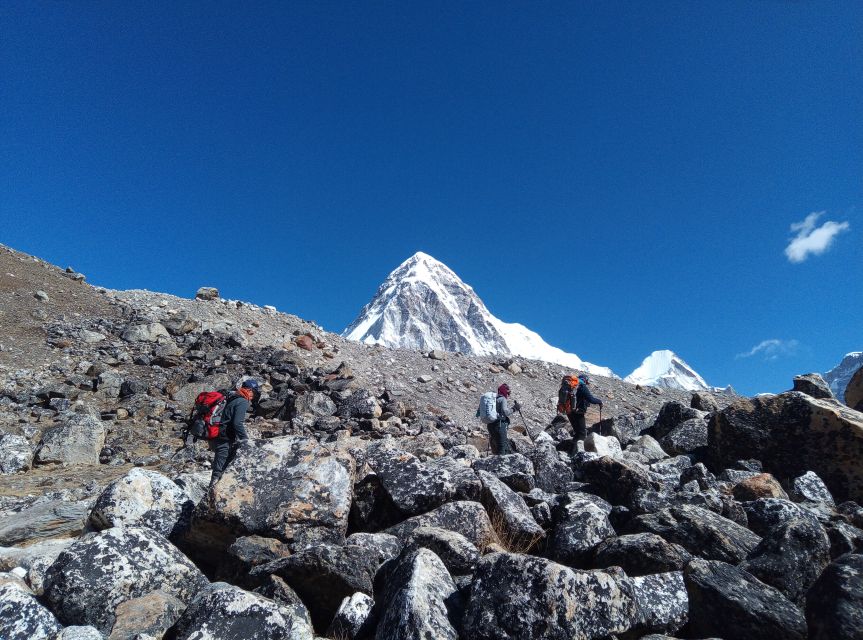
The 13-day Everest Base Camp Trek offers adventurers a thrilling journey through stunning landscapes and rich Sherpa culture, beginning with an arrival in Kathmandu and culminating at the iconic base camp of the world’s highest peak.
The itinerary starts with a scenic flight to Lukla, followed by a trek to Phakding, then Namche Bazaar, where trekkers acclimatize and enjoy local culture.
Highlights include visiting the Tengboche Monastery and enjoying breathtaking views of Mt. Makalu from Chhukung Ri.
The trek continues through Dingboche and Lobuche, leading to the memorable visit to Everest Base Camp.
Trekkers then hike to Kalapathar for stunning views before descending back to Lukla, concluding with a flight back to Kathmandu for a well-deserved rest.
You can also read our reviews of more hiking tours in Mount Everest
Inclusions and Exclusions
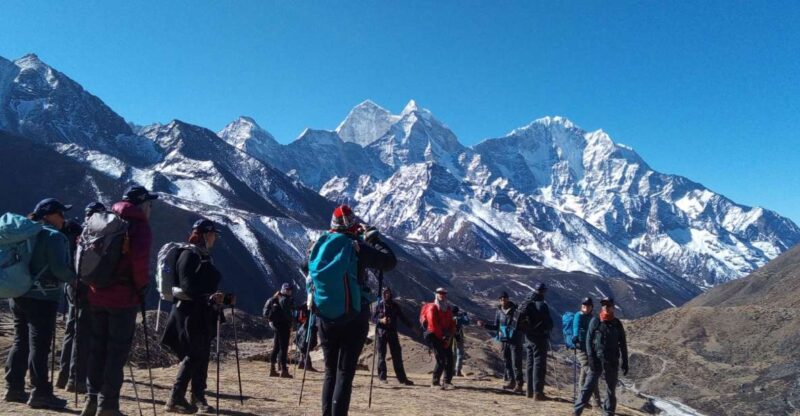
Included in the Everest Base Camp Trek package are essential services like airport transfers, a dedicated guide and porter, comfortable accommodations, and all meals during the trek to ensure a seamless adventure.
Trekkers can expect to enjoy breakfast, lunch, and dinner throughout their journey, making it easier to focus on the stunning landscapes.
However, it’s important to note what’s not included. The round-trip flight to Lukla, trek permit fees, and beverages like tea or coffee aren’t covered.
Plus, trekkers should prepare for equipment rentals, hotel shower charges, and personal travel insurance, including coverage for accidents or rescue.
Lastly, gratuities for guides and porters are appreciated but not mandatory.
Accommodation and Facilities

Accommodation during the Everest Base Camp Trek consists of three nights at Kathmandu Suite Home and eleven nights at guesthouses, all providing shared twin accommodations to foster a sense of community among trekkers.
In Kathmandu, trekkers enjoy comfort and easy access to local attractions. While on the trail, the guesthouses offer basic amenities, creating a welcoming atmosphere for relaxation after long trekking days.
Facilities vary by location; trekkers find inside toilets in Lukla, Phakding, and Namche Bazaar, while shared rooms are common above Namche.
These accommodations encourage camaraderie among trekkers, allowing them to share experiences and stories.
Safety and Suitability
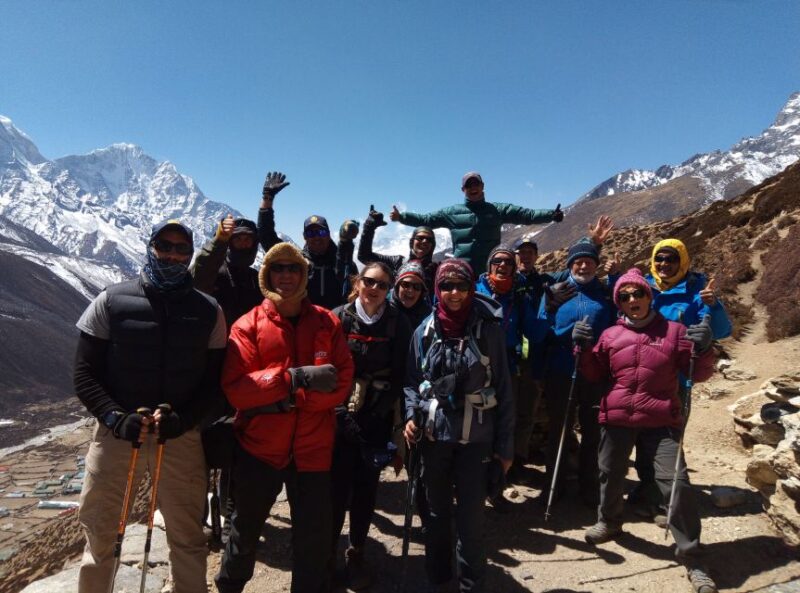
Safety is a top priority on the Everest Base Camp Trek, ensuring trekkers are well-prepared and suited for the challenges of high-altitude hiking. Participants should be aware that certain individuals may not be suitable for this trek due to health concerns. The trek includes acclimatization days to help manage altitude-related conditions effectively.
Here’s a quick reference table for suitability:
| Not Suitable For | Reasons |
|---|---|
| Pregnant Women | Potential health risks |
| Individuals with Heart Problems | Increased strain on the body |
| People with Mobility Impairments | Difficulty navigating terrain |
| Children Under 8 Years | Limited physical endurance |
| Those Unprepared for Altitude | Risk of altitude sickness |
Ensuring proper preparation is key to a safe and enjoyable experience.
More Great Tours NearbyBooking Information
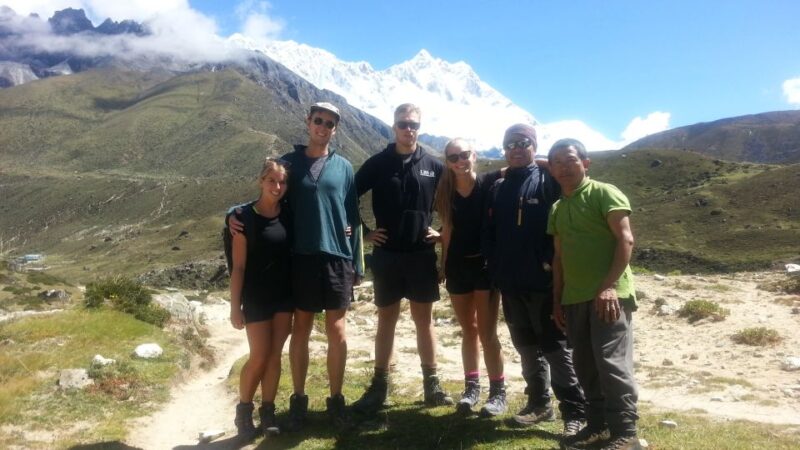
When planning the Everest Base Camp Trek, travelers can take advantage of a reserve now and pay later option, making it easier to secure their spot without immediate financial commitment. This flexible booking allows adventurers to lock in their trek dates while providing peace of mind.
Plus, they can enjoy free cancellation up to 24 hours in advance, ensuring a full refund if plans change unexpectedly.
It’s essential to check availability for starting times and participant selection, as spots can fill quickly due to high demand.
Preparation and Packing Tips
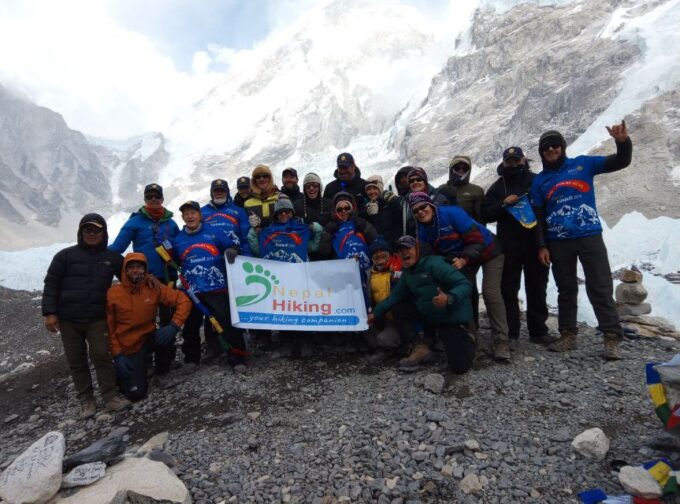
Preparing for the Everest Base Camp Trek requires careful planning and thoughtful packing to ensure trekkers are well-equipped for the adventure ahead. With the right gear, trekkers can tackle the challenging terrain and varying weather conditions.
Here are four essential items to pack:
-
Layered Clothing: Bring moisture-wicking base layers, insulating mid-layers, and a waterproof outer layer.
-
Trekking Boots: Invest in sturdy, comfortable boots with good ankle support.
-
Sleeping Bag: A down sleeping bag rated for sub-zero temperatures is crucial for cozy nights.
-
First Aid Kit: Pack a comprehensive first aid kit that includes altitude sickness medication.
Best Time to Trek
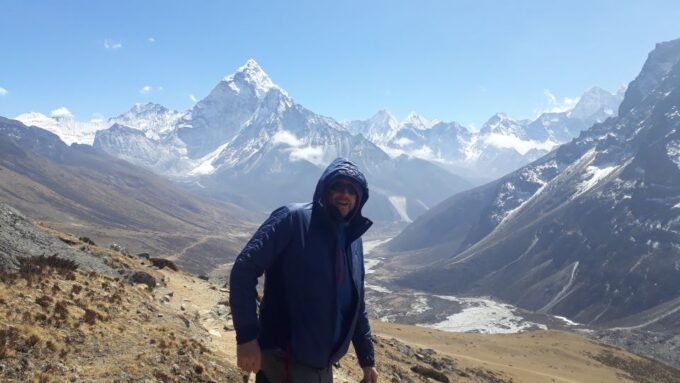
Choosing the right season to embark on the Everest Base Camp Trek can significantly enhance the overall experience, as the weather plays a vital role in trekking conditions. The best times to trek are during spring (March to May) and autumn (September to November). During these months, trekkers enjoy clearer skies, warmer temperatures, and stunning views of the majestic peaks.
| Season | Conditions |
|---|---|
| Spring | Mild temperatures, blooming flora |
| Autumn | Crisp air, clear vistas |
| Monsoon | Heavy rainfall, slippery trails |
| Winter | Cold temperatures, snow-covered paths |
Cultural Highlights and Experiences
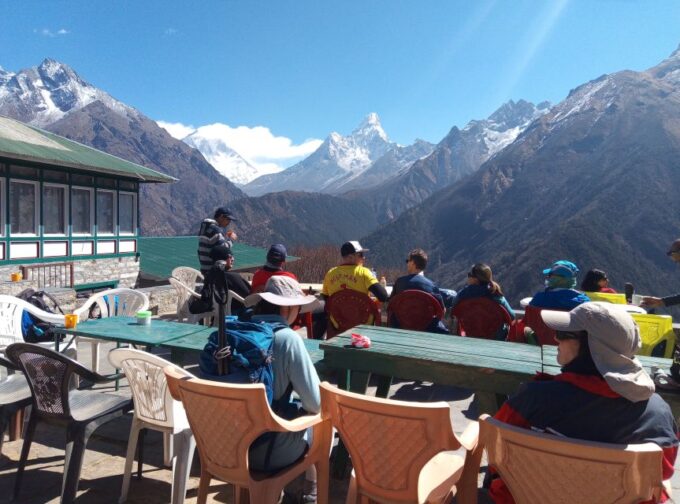
The Everest Base Camp Trek offers trekkers a unique opportunity to enjoy the rich Sherpa culture, showcasing vibrant traditions and customs that have thrived in the Himalayas for centuries.
Throughout the trek, you will encounter various cultural highlights that enhance their experience:
-
Tengboche Monastery: Trekkers can witness traditional prayer ceremonies and explore the spiritual significance of this iconic site.
-
Namche Bazaar: This bustling market serves as a cultural hub where visitors can engage with local artisans and taste Sherpa cuisine.
-
Traditional Festivals: Depending on timing, trekkers may experience local festivals celebrating Sherpa culture and community.
-
Sherpa Hospitality: Staying in guesthouses, trekkers enjoy warm hospitality and firsthand insights into daily Sherpa life.
These experiences deepen understanding and appreciation of this remarkable culture.
Frequently Asked Questions
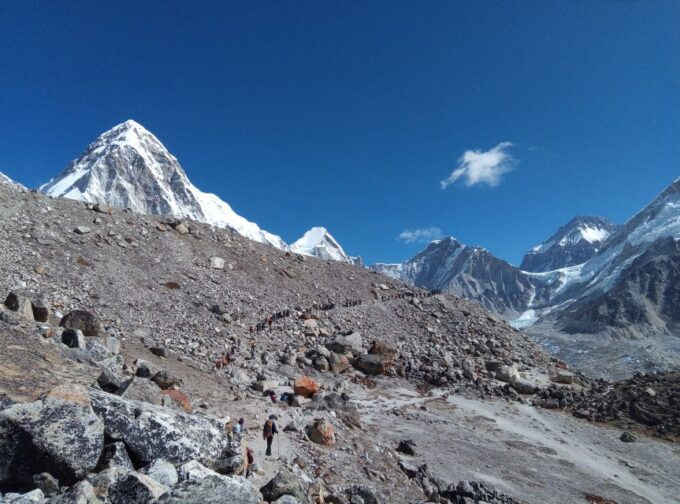
What Is the Fitness Level Required for This Trek?
The trek requires a moderate fitness level. Participants should be comfortable walking for several hours daily and acclimatizing to higher altitudes, ensuring they can enjoy the stunning landscapes and culture without undue strain.
Are There Specific Age Restrictions for Participants?
Yes, there are specific age restrictions for participants. Trekking organizers typically don’t allow children under eight years old on the trek, ensuring safety and suitable fitness levels for all involved in the adventure.
Can I Hire Additional Porters or Guides During the Trek?
Yes, trekkers can hire additional porters or guides during the trek. They should arrange this through their main guide or the trekking company, ensuring everyone has adequate support for a safe and enjoyable experience.
What Is the Policy on Solo Trekkers Joining Group Tours?
The policy for solo trekkers joining group tours encourages individuals to connect with others. They often accommodate solo participants, fostering camaraderie and support while ensuring everyone enjoys a safe and memorable trekking experience together.
How Do I Communicate With My Family During the Trek?
During the trek, she can use local teahouses for Wi-Fi or purchase a local SIM card for better connectivity. Texting and social media provide convenient ways to keep her family updated on her adventure.
Recap
To sum it up, the 13-Day Everest Base Camp Trek from Kathmandu offers an incredible blend of breathtaking scenery and rich Sherpa culture.
With careful planning and the right preparation, trekkers can safely navigate this unforgettable journey, creating memories that last a lifetime.
Whether it’s the stunning views, the warmth of local hospitality, or the spiritual ambiance of the region, this trek promises an adventure that truly captures the essence of the Himalayas.
Don’t miss out on this remarkable experience!
You can check availability for your dates here: